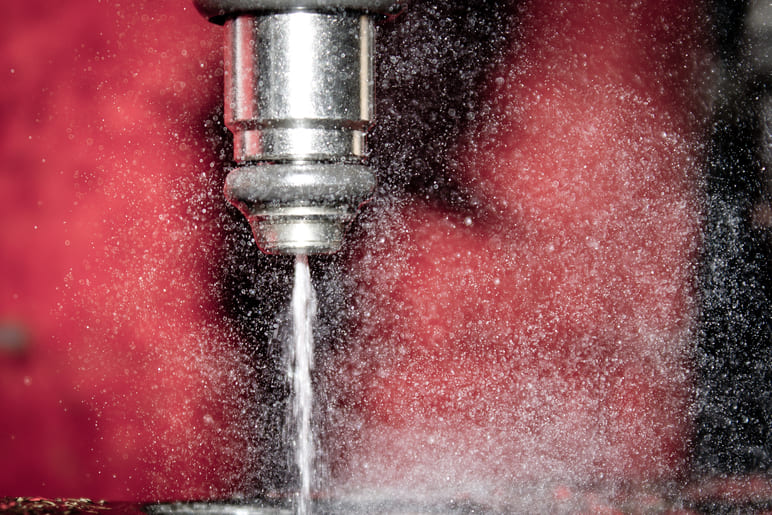
- 1 What are fuel injection systems?
- 2 How do fuel injection systems work?
- 3 What are the types of fuel injection system?
- 4 What are the advantages of fuel injection systems?
- 5 Are there any disadvantages?
- 6 How can I clean the fuel injection system?
- 7 What are some possible symptoms of fuel injector failure?
The method of getting fuel into a car’s engine has come on lightyears since the first combustion engines were developed. The simple idea of having a pipe that transferred a mix of fuel and oxygen to be compressed or ignited has become much more sophisticated, technical, and precise. Even in the past 40 years, the system has been refined almost beyond recognition.
Until the 1990s, most cars used a carburettor to pump the mix of fuel and air into the system. This was essentially just a pipe that forced air towards the engine and the pressure of the air helped draw in fuel from a connected fuel tank. It was simple, inexpensive, and it sounded great – the throttle was still mechanically connected to how much fuel was into the engine and many classic car lovers still love the roar of a carburettor engine when you put your food down.
The problem with this system, however, is that it is quite an imprecise art. It relies on a choke and a throttle determining how much air and fuel make it to the engine and can sometimes mean that too much or too little of either element is added. People wanted something better, something that was more precise and wouldn’t use as much fuel and allow for an optimal fuel air mixture. New regulations and the requirements of catalytic conversion also meant that more control was needed over the composition of exhaust gases.
Step in: fuel injection systems. Although in the 1990s these were reserved for ‘luxury’ vehicles, they are now very common on most cars. There are several different types of fuel injection, but they all revolve around the same thing: injecting a precisely calibrated fuel spray into or close to the engine’s combustion chambers, exactly when it’s needed. The beauty of this fuel injection system is that it is much more controllable than an old-fashioned carburettor and this brings with it some distinct advantages.
There are a few different types of fuel injection systems and the fuel injection system in diesel engines will often differ slightly from the gasoline fuel injection systems used in petrol cars. Understanding fuel injection systems is vital for knowing exactly how your car is powered and making sure that it stays working. For all the ins-and-outs of how these systems work, what problems you might encounter, and how to use products like engine flush to make sure they are giving you exactly the right air-fuel mixture, read on!
What are fuel injection systems?
These systems provide fuel to the engine and ensure an optimal air-fuel mix. They are an essential part of a combustion engine (in fact without them there would be no combustion!) and fuel injectors, unlike a carburettor, also work to minimise. Emissions. When working properly, they make sure that the air fuel mix is just right and neither rich nor lean.
How do fuel injection systems work?
Using sensors, the ECU determines how much fuel is needed to ensure the maximum fuel efficiency and to create enough energy to achieve the required power. They ensure that the air fuel mixture is neither lean nor rich. Of the fuel injection system components, the ECU is perhaps the most important. The ECU analyses the air temperature, throttle position, engine speed, engine torque, and exhaust data gathered from sensors in and around the engine to regulate the fuel supply at each intake stroke.
Once the value has been determined, a fuel supply module, which contains a high-pressure electric fuel pump and fuel filter, drives the fuel from the tank (normally at the back of the car) to the engine at the front. This fuel can either go directly to the cylinder or to the air intake manifold (see below) and the destination will also impact the pressure of the fuel. Either way, the fuel is put under high pressure to ensure that it turns to a fine vapour ready to mix with the air. An intake air adjuster ensures that there’s the right quantity of air for the engine to function properly.
Once the air has reached the engine and the cylinders, it enters the combustion chamber with the air and combustion can take place, either through compression of a diesel engine or ignition in a petrol powered car. The sensors record the data of this process and all of it starts once again. As you can see, it is much more complicated and precise than just using a carburettor.
What are the types of fuel injection system?
There are a few main types of fuel injection system. Which type your car has will depend largely on what kind of fuel it runs on. Unless it is a carburettor, your injection system will be a multi-port injector and it will be either indirect, direct, or timed.
Indirect fuel Injection
This injection system features several different ports that distribute fuel to the engine cylinders and each cylinder in your vehicle gets a separate port and a separate injection nozzle. These ports are usually connected to the intake manifold, or somewhere before the intake valve. This means that the fuel is mixed with the air before it enters the cylinder itself. As well as ensuring a good air-fuel ratio, the design makes sure that the mix gets drawn completely into the cylinder.
Direct Injection

This type of fuel injection system contains a series of injectors which shoot fuel directly into the cylinders. Proponents claim that this is a much more efficient way of ensuring the optimal fuel-air mix and it leads to greater performance and fuel economy. This kind of injection system is more commonly found in diesel engines. These direct injection systems often feature a common rail; all of the individual nozzles are connected to a pipe which contains the fuel. A fuel pump delivers diesel fuel to the injectors at very high pressure. That fuel is sent to the cylinder at pressures measuring up to 27,000 psi. This high pressure is needed to completely atomise the diesel fuel, which increases the surface volume of the fuel as well as the amount that can be injected. Bosch claims that the system cuts fuel consumption by 15 percent and can provide up to 50 percent more low-end torque than a comparable indirect injection system. Since diesel cars are notoriously ‘dirty’, there are more harmful by-products of combustion, it makes sense to want to have a system which cuts fuel consumption.
Timed injection systems
Finally, timed injection systems use nozzles that work in groups and thus deliver the fuel at the optimised time. These types of fuel injection ensure the minimal wastage of fuel and thus increase the efficiency of the vehicle by using a system optimised by the ECU. One major advantage of the sequential fuel injection is that it is cleaner than the other types of fuel injectors. As the fuel remains for a very short time inside the injectors, and that not all fuel injectors are working at the same time as in other systems, they remain clean. As a result of the same, they tend to last for a longer time.
What are the advantages of fuel injection systems?
Are there any disadvantages?
How can I clean the fuel injection system?

Injectors are precision instruments with only a tiny nozzle (or more than one) which have to operate in extreme conditions, under high pressure and heat. An injector will be used 18 million times over the course of 12,000 miles. It should come as no surprise, then, that they can go wrong. The main cause of this is the fuel itself, as this can be burned on to the nozzle. Poor quality fuel will of course cause more damage than high quality fuel, though additives in some high-performance fuels can cause just as much damage. Here are a couple of the common problems that can crop up.
The injector becomes clogged: It isn’t easy to spot a clogged injector as the symptoms are very similar to a faulty spark plug or a bad coil (things like a misfiring or stuttering engine and decreased performance). What causes clogging in fuel injectors or/ and their accompanying filter baskets is the presence of carbon, old fuel, and combustion residue. This debris stops fuel from getting into the cylinder or intake manifold and makes for a ‘lean’ air-fuel mix, which harms performance. It isn’t easy to remove this gunk, but it is best to clean your fuel injectors, either by getting a professional to do it or considering using an engine flush product.

You might also have a leaking fuel injection system. This can be a serious fire hazard and cause real damage to your engine. Fuel injectors are known to develop holes as a result of old age, which makes the oil to be leaking out of the opening and onto the injector’s body. The seal, too, can also leak and will get worse with time. If you can smell or see excess fuel when driving, this could be the cause of it. It is important to get a professional to check your seals and fuel injectors, or do it yourself if you have the knowledge and tools. When it comes to cleaning or how to adjust fuel injection systems, you have to be very careful. Tampering without the relevant experience can cause a lot of costly damage.
What are some possible symptoms of fuel injector failure?
- @user_86850514.03.2022 17:03Member
Hi I have a Kia Pro Ceed, recently I changes the injectors, but the car is still making a flutter sound when you are changing gear? any ideas
- @user_100448809.06.2022 06:46Member
Hi I have Ravi 4 2006 model but it consume fuel and vibration engine and badly smoking
- @user_deleted22.06.2022 08:54Member
According to the description, it is difficult to solve your problem, we recommend that you contact the service for a complete diagnosis and identification of the cause of the malfunction.



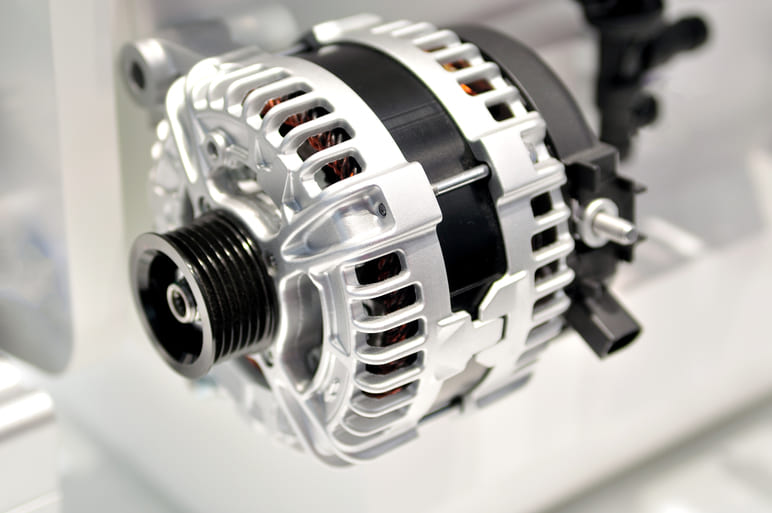
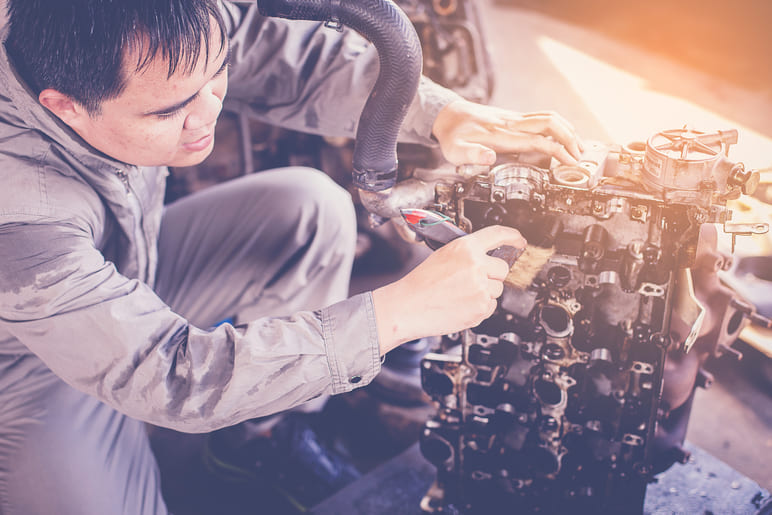
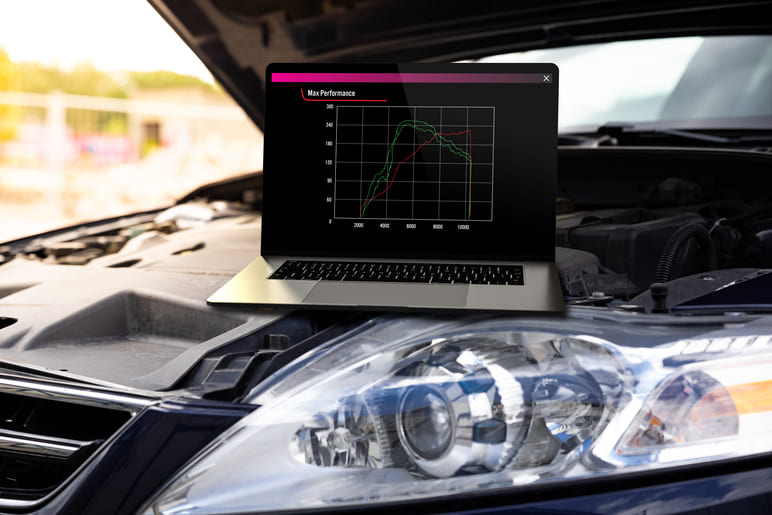

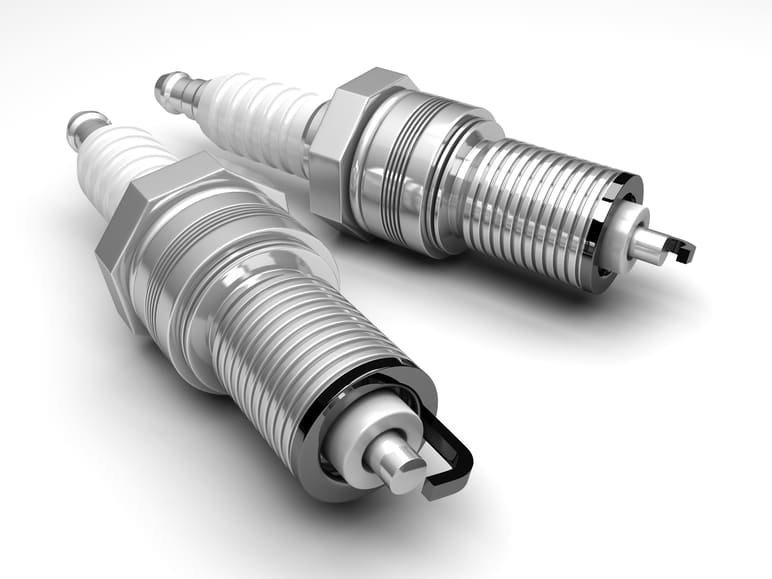
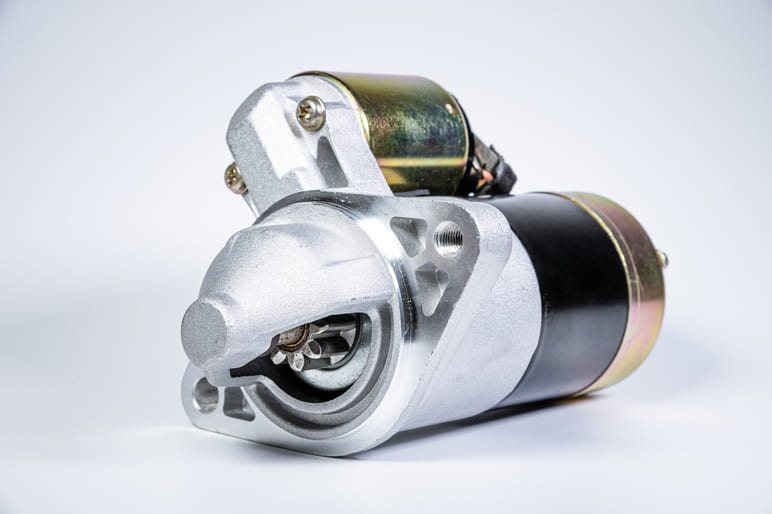
Comments – 3